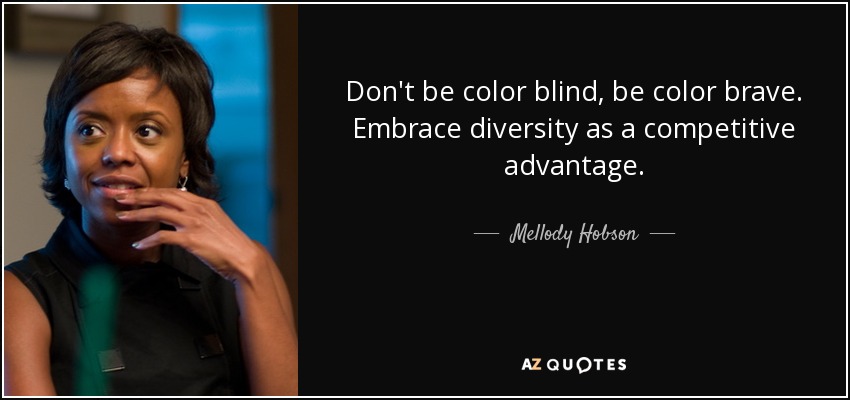In her TED Talk, Mellody Hobson brings up two interrelated terms: color blindness and color brave. Color Blindness is when Americans ignore the fact that racism exists in America. Color Brave is when America acgknowledges that there is racism present in our society and then do something to help people's way of thinking when it comes to racism. Hobson stresses the importance of being color brave, rather than color blind. As youth workers, it is our job to work with youth of color so that they have a place in society and that they grow up in a community that acknowledges African Americans and whites as equals, rather than one race being more powerful than the other. It is also important to educate the white community about being color brave so that it will also strengthen the equality between race in America. When applying Hobson's views to Youth In Action, the mentors of YIA can work with and inspire the youth to make change in their community in the way of defying race in society. YIA can create ways to advocate for color bravery and create ways to destroy color blindness in society. When changes are created by the YIA members, society will be influenced and be instilled to advocate for color brave changes as well.
Have I ever felt invisible? Of course I have, in a sense, who hasn't? In elementary, middle, and high school, I never seemed to be noticed by anyone. I didn't have a lot of friends and mostly kept to myself because I was very shy and not so outgoing. I mostly felt like an outcast in school, that is until I went to college. Second semester of my freshmen year, I got more aquatinted with my classmates, made friends, and even joined an on-campus club. Nevertheless, sometimes I still feel like an outsider, depending on what settings I happen to be in. However, I know that I can beat that invisible with my inner strength along with the help of my friends.




Ryan, I think you did a great breakdown of the TedTalk as well as putting your own person story to relate to the invisibility factor. I think you did a great job overall on this blog post.
ReplyDeleteAndrea
Ryan,
ReplyDeleteI love the way you incorporated your own personal experience into this weeks blog. You definitely grasped the idea of what the Ted Talk was about and how it is playing out in our society. Awesome job!